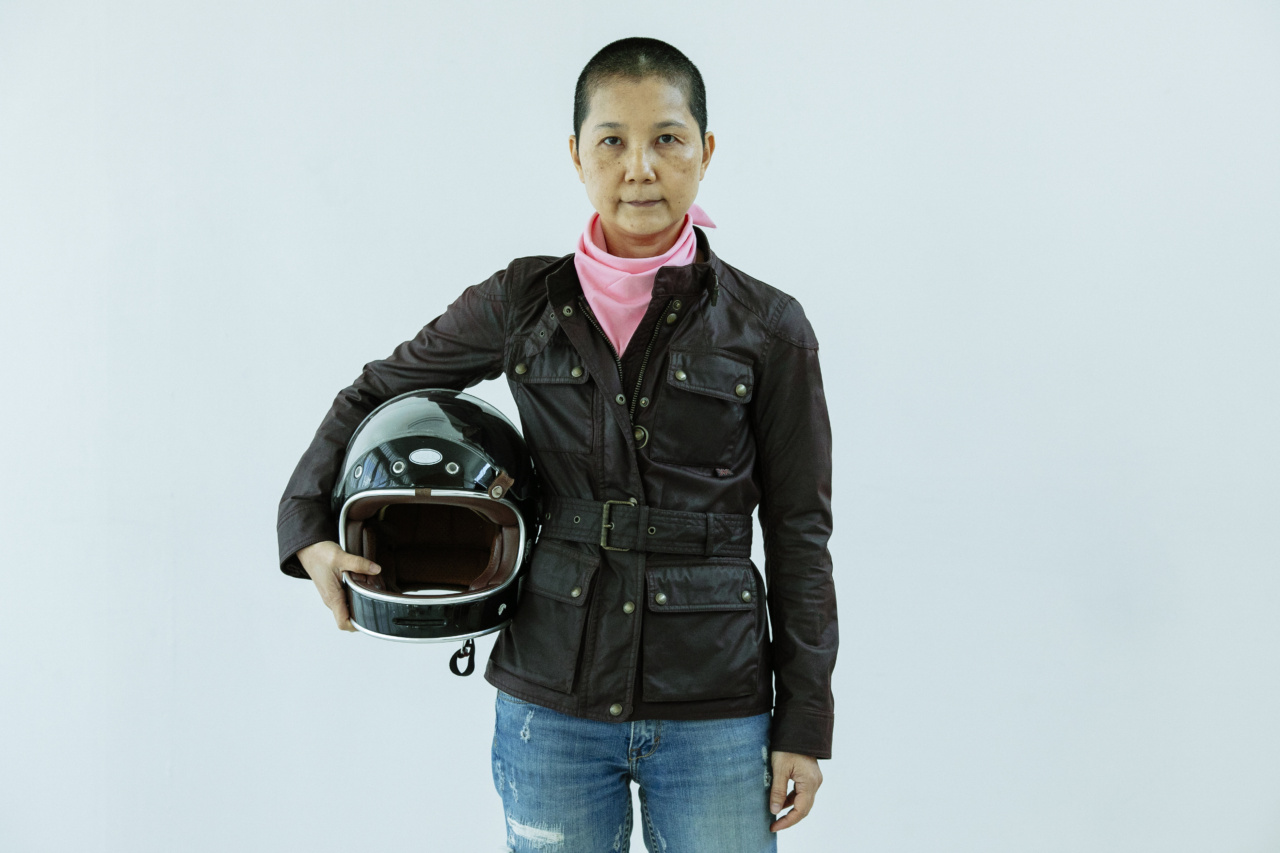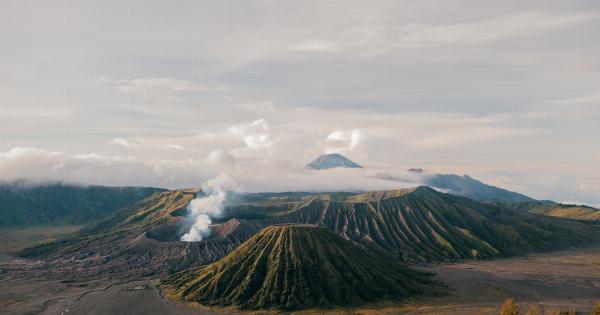Varicose veins are a common condition affecting many people, especially as they age. They occur when the veins become swollen, twisted, and bulging, often appearing blue or purple under the skin.
While the condition is generally not dangerous, it can be unsightly and cause discomfort. Certain factors can increase the risk of developing varicose veins, and individuals with the following risk factors have the highest risk of developing this condition.
1. Genetics
One of the most significant risk factors associated with the appearance of varicose veins is genetics. Individuals with a family history of varicose veins are more likely to develop the condition themselves.
Specifically, if one or both parents have varicose veins, the likelihood of developing the condition increases. Studies have suggested that approximately 80% of individuals with varicose veins have a family history of this condition.
2. Age
As individuals age, the veins in their body become weaker and less flexible. This can lead to the development of varicose veins, particularly in individuals over the age of 50.
Additionally, individuals who have experienced hormonal changes due to menopause or pregnancy may be at even higher risk of developing varicose veins due to the decreased elasticity of their veins.
3. Gender
Varicose veins are more common in women than in men, although the reasons behind this are not entirely clear.
Some experts suggest that the female hormone estrogen may play a role in weakening the veins, while others believe that physiological differences between men and women may contribute to the disparity.
4. Obesity
Carrying excess weight can put strain on the veins in the legs, making it more difficult for them to function properly. As a result, individuals who are obese may be at an increased risk of developing varicose veins.
Additionally, individuals who have a sedentary lifestyle or spend long periods of time standing or sitting may also be at higher risk.
5. Deep Vein Thrombosis (DVT)
Deep vein thrombosis (DVT) occurs when a blood clot forms in the deep veins of the leg. This can cause significant damage to the veins, making it more difficult for them to function properly.
Additionally, individuals who have experienced DVT are at a higher risk of developing varicose veins in the future.
6. Pregnancy
As mentioned, hormonal changes during pregnancy can lead to weakened veins, making the development of varicose veins more likely.
Additionally, the increased weight and pressure associated with pregnancy can put additional strain on the veins, leading to the development of varicose veins. Individuals who have had multiple pregnancies may be at even higher risk.
7. Sun Exposure
While sun exposure may not directly cause varicose veins, it can contribute to skin damage and thinning, which can increase the visibility of existing varicose veins.
Additionally, prolonged exposure to the sun can cause blood vessels to dilate, putting additional pressure on the veins and contributing to their weakening over time.
8. Prior Injuries or Surgeries
Injuries or surgeries that have directly affected the veins in the legs can cause damage that may contribute to the development of varicose veins in the future.
Specifically, injuries or surgeries that have caused damage to the valves within the veins can lead to weakened veins that are more susceptible to varicose veins.
9. Smoking
Smoking has been linked to a variety of health problems, including an increased risk of developing varicose veins. Smoking can cause damage to the blood vessels and overall circulation, making it more difficult for them to function properly.
Additionally, smoking can lead to an increase in blood pressure, further contributing to vein damage over time.
10. Other Health Conditions
Finally, certain health conditions can increase the risk of developing varicose veins. For example, individuals with a history of cardiovascular disease, high blood pressure, or venous insufficiency may be at higher risk.
Additionally, individuals who have experienced blood clots or other vein-related health concerns may be more likely to develop varicose veins in the future.
Conclusion
While varicose veins can be an unsightly and uncomfortable condition, certain factors can increase the risk of developing them.
Individuals with a family history of varicose veins, as well as those who are older, female, obese, or have experienced injuries/surgeries to their veins may be at higher risk. Additionally, individuals who smoke, are exposed to the sun for prolonged periods of time, or have other health conditions may be more likely to develop varicose veins.
By understanding these risk factors, individuals can take steps to reduce their risk of developing this condition and maintain healthy veins over time.





























